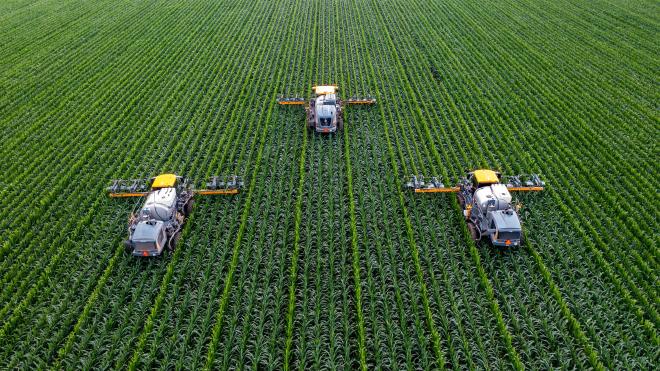Overview: Carbon Footprint of Food

Looking at the carbon emissions of food is helpful to understand how climate-friendly food is. This is not about CO2 per se, but about all greenhouse gases (such as methane): The effects of all greenhouse gases are converted into CO2 equivalents so that they can be compared more easily. Life cycle assessment studies are normally used to assess CO2 emissions in food. These are scientific studies that attempt to map the emissions during the production of a product.
Much of the data from such life cycle analyses is publicly available. I have started to collect the results from various publicly available sources in one document. You can find my overview with almost 2000 different entries here:
Overview Document: Carbon Footprint of FoodIn the document you will also find a source for each entry. For some foods, there are also several sources with different values because the methods used for the analysis differ slightly. For example, it makes a difference if you look at one specific country or the global average. The detailed assumptions in the studies also lead to differences: even if we know exactly how many greenhouse gases a cow causes, the studies have to “distribute” these emissions between the milk, meat and leather. In addition, the emissions naturally depend on the production conditions: Depending on whether forest is cleared for cultivation or with what and how intensively fertilizer is used, emissions can be higher or lower.
Therefore, all figures are always an estimate. The focus should be on the comparison and on the relations, not on a specific number for a specific food. For the recipes here on the blog, I try to ensure that the emission values for ingredients that make up a large proportion of the weight come from the same source. For ingredients that only make up a small proportion of the weight, such as spices, I also use other sources if necessary: Even if the numbers don’t match here, it makes little difference to the estimated carbon footprint of the recipe. I often use the overview from the Institute for Energy and Environmental Research Heidelberg because it covers a relatively large number of foods and ingredients.
Many life cycle analyses that deal with food consider the production up to the point of sale at the supermarket checkout. To take into account the emissions caused by cooking itself, I use estimates based on another study. In another spreadsheet in the overview document linked above, I have created a small calculator with which I can estimate emissions based on a cooking method and a cooking duration.
Of course, there are other sources of carbon emissions from cooking - for example, storage in the fridge, the manufacture of kitchen appliances and utensils or the dishes and washing up. I have not yet found a good method to take this into account.
If you have come across any other data that is missing from my overview or that would allow us to include other sources of emissions in your diet, please send an e-mail to hello@climate-friendly-cooking.com!